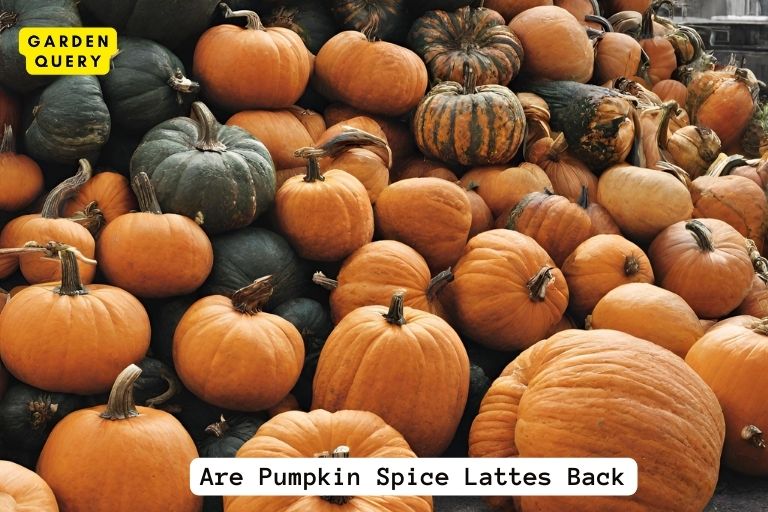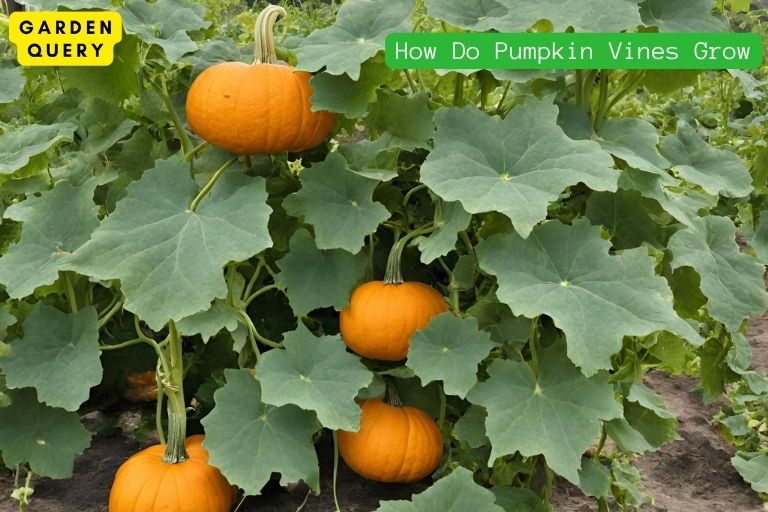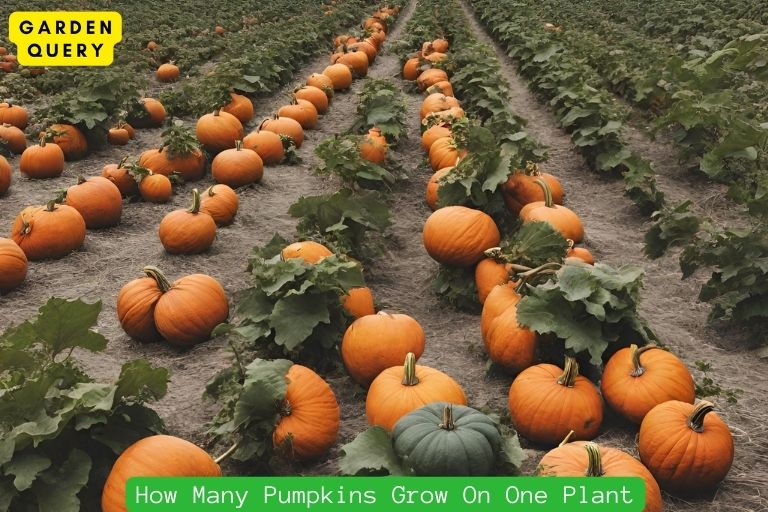Are Pumpkin Leaves Edible?
Pumpkin Leaves
Overview of pumpkin leaves and their common uses
Pumpkin leaves, also known as pumpkin greens or pumpkin tops, are the edible leaves of the pumpkin plant. While the pumpkin itself is a popular ingredient in various recipes, from pies to soups, the leaves are often overlooked. However, they can be a nutritious and tasty addition to your meals.
The common uses of pumpkin leaves vary across different cuisines and cultures. In many African countries, pumpkin leaves are a staple in their traditional dishes.
They are used to make stews, sautés, and soups. In some regions, the leaves are also used in salads or added to smoothies for a boost of green goodness.

The flavor of pumpkin leaves is mild and slightly earthy, similar to spinach or Swiss chard. They have a tender texture and can be cooked quickly, making them a versatile ingredient in the kitchen.
Nutritional benefits of pumpkin leaves
Pumpkin leaves are not only delicious but also packed with essential nutrients.
Here are some of the key nutritional benefits they offer:
- Vitamins and minerals: Pumpkin leaves are rich in vitamins such as vitamin A, vitamin C, and vitamin K. They also provide minerals like calcium, iron, and potassium. These nutrients contribute to overall health and well-being.
- Antioxidants: Pumpkin leaves contain various antioxidants, including beta-carotene and lutein. These antioxidants help protect the body against oxidative stress and may reduce the risk of chronic diseases.
- Dietary fiber: Pumpkin leaves are a good source of dietary fiber, which is essential for a healthy digestive system. Fiber can help regulate bowel movements, promote satiety, and support weight management.
- Iron: Iron is vital for the production of red blood cells and oxygen transport in the body. Pumpkin leaves are an excellent plant-based source of iron, making them a valuable addition to vegetarian or vegan diets.
To incorporate pumpkin leaves into your diet, look for fresh leaves at your local farmers’ market or specialty grocery stores. If fresh leaves are not available, you may find frozen or dried options as well.
When cooking pumpkin leaves, it’s important to discard the tough stems and focus on using the tender leaves. Sautéeing or stir-frying the leaves with garlic, onions, and spices is a popular cooking method that enhances their flavor. You can also blanch them and add them to soups or stews for added nutrition.
Don’t let them go to waste when enjoying pumpkin dishes. Incorporate them into your meals to add a pop of green and an extra dose of vitamins, minerals, and antioxidants.
Cooking with Pumpkin Leaves
Are pumpkin leaves edible? This question may have crossed your mind if you have ever come across pumpkin leaves in your local market or garden. Well, the answer is a resounding yes!
Methods for preparing and cooking pumpkin leaves
Before cooking pumpkin leaves, it is important to properly clean and prepare them.
Here are some methods you can use to get them ready for cooking:
- Washing: Start by rinsing the leaves thoroughly under cold running water to remove any dirt or debris. Gently pat them dry with a clean kitchen towel or paper towel.
- Removing the stems: Some people prefer to remove the tough and fibrous stems of pumpkin leaves before cooking. Simply hold the leaf near the stem, fold it in half, and then tear the stem away.
- Blanching: Blanching the leaves in boiling water for a few minutes can help soften them and remove any bitterness. After blanching, transfer the leaves into a bowl of ice water to stop the cooking process. You can then drain and squeeze out any excess water before using them in your recipes.
Popular recipes featuring pumpkin leaves
Here are a few popular ones:
- Pumpkin Leaf Stir-Fry: In this recipe, pumpkin leaves are sautéed with garlic, onions, and your choice of protein. It can be served as a side dish or a main course when combined with rice or noodles.
- Pumpkin Leaf Soup: Pumpkin leaves can be added to soups for an extra nutritional boost. Simply chop the leaves and add them to your favorite soup recipe. They will add a vibrant green color and a mild, earthy flavor.
- Pumpkin Leaf Wraps: Similar to lettuce wraps, pumpkin leaves can be used as a wrap for filling such as minced meat, vegetables, and sauces. It provides a nutritious alternative to traditional bread or tortilla wraps.
- Pumpkin Leaf Smoothie: For a healthy and refreshing drink, try adding pumpkin leaves to your favorite smoothie recipe. Blend them with fruits, yogurt, and a liquid of your choice for a nutritious green smoothie packed with vitamins and minerals.
They are a good source of vitamins A, C, and K, as well as iron, calcium, and dietary fiber. Incorporating pumpkin leaves into your diet can contribute to a balanced and healthy eating plan.
From stir-fries to soups, wraps, and smoothies, there are numerous ways to enjoy the nutritional benefits of these edible greens. So, get creative in the kitchen and explore the wonderful world of cooking with pumpkin leaves!
Edibility of Pumpkin Leaves
Are pumpkin leaves safe to eat?
Pumpkin leaves are not only known for their vibrant green color and decorative value but also for their edible nature. Yes, you read that right – pumpkin leaves are indeed safe to eat! They are not only edible but also have a long history of being used in various culinary traditions around the world.
Pumpkin leaves are packed with essential nutrients such as vitamins A, C, E, and K, as well as minerals like calcium, iron, and magnesium. The leaves have a slightly bitter taste, which adds a unique flavor profile to dishes when cooked.
In many cultures, pumpkin leaves are commonly used in traditional recipes, often being stir-fried, boiled, or steamed. They can be cooked alone or combined with other ingredients such as onions, garlic, tomatoes, or spices to enhance the taste.
Health considerations when consuming pumpkin leaves
While pumpkin leaves are generally safe and nutritious, it is important to consider a few health factors when consuming them.
First, it is recommended to wash the leaves thoroughly before cooking to remove any dirt or contaminants. This step helps ensure food safety and minimize the risk of any unwanted bacteria or parasites.
Additionally, individuals with certain health conditions or allergies should exercise caution when consuming pumpkin leaves. For example, people with oxalate kidney stones may need to limit their intake of foods high in oxalates, including pumpkin leaves.
It is always advisable to consult with a healthcare professional or a registered dietitian if you have any specific dietary concerns or conditions.
Furthermore, it is worth noting that not all pumpkin species have edible leaves. Some pumpkin varieties have leaves that are tough, fibrous, or bitter, which may not be suitable for consumption.
They offer a range of health benefits, including essential vitamins, minerals, and dietary fiber. So, next time you spot fresh and vibrant pumpkin leaves, feel free to bring them to your kitchen and explore the culinary possibilities they
Cultivating and Harvesting Pumpkin Leaves
Tips for growing your own pumpkin leaves
Are pumpkin leaves edible? This is a question that many gardeners and cooking enthusiasts have pondered. Here are some tips for growing your own pumpkin leaves.
- Choose the right variety: Not all pumpkin varieties produce edible leaves. Look for varieties specifically bred for their edible foliage, such as “Tropical Pumpkin” or “Pumpkin-on-a-Stick.” These varieties are known for their tender and flavorful leaves.
- Provide the right growing conditions: Pumpkin leaves thrive in warm climates and require full sun. Choose a location in your garden that receives at least six hours of direct sunlight daily. The soil should be well-draining and rich in organic matter. Consider adding compost or aged manure to improve fertility.
- Sow the seeds: Pumpkin leaves can be grown from seeds or transplants. If planting from seeds, sow them directly in the garden after the danger of frost has passed. Place the seeds about 1 inch deep and 3-4 feet apart to allow for adequate growth.
- Water and fertilize: Keep the soil evenly moist but not waterlogged. Water deeply and consistently to encourage healthy leaf growth. Regularly fertilize with a balanced organic fertilizer to provide essential nutrients.
- Control pests and diseases: Keep an eye out for common pumpkin pests such as aphids, squash bugs, and powdery mildew. Use organic pest control methods or consult a local garden center for safe and effective solutions.
Best practices for harvesting and storing pumpkin leaves
Here are some best practices for harvesting and storing pumpkin leaves.
- Choose the right time: Harvest pumpkin leaves when they are young and tender, usually around 4-6 inches long. Avoid harvesting older leaves, as they can be tough and bitter.
- Use a sharp knife or scissors: To harvest the leaves, use a sharp knife or scissors to cut them off at the base of the stem. Be careful not to damage the main vine or other leaves.
- Store properly: If you have harvested more pumpkin leaves than you can use immediately, store them in the refrigerator. Wrap the leaves in a damp paper towel and place them in a plastic bag or container. They should stay fresh for up to one week.
- Prepare and cook: Before cooking pumpkin leaves, remove the tough stems and any damaged parts. Rinse the leaves thoroughly under cold water to remove any dirt or debris. You can then blanch, steam, sauté, or stir-fry the leaves to use in a variety of recipes.
They can be used in soups, stews, curries, salads, or as a healthy alternative to spinach in various dishes. So, next time you’re growing pumpkins in your garden, don’t forget about the edible treasure that their leaves hold.
- Best Therapists In Dallas - February 1, 2024
- Holly Willoughby Husband: Holly Willoughby’s Love Story - January 30, 2024
- Holly Willoughby Dress: 5 Style Secrets and 7 Must-Know Career Milestones - January 30, 2024





